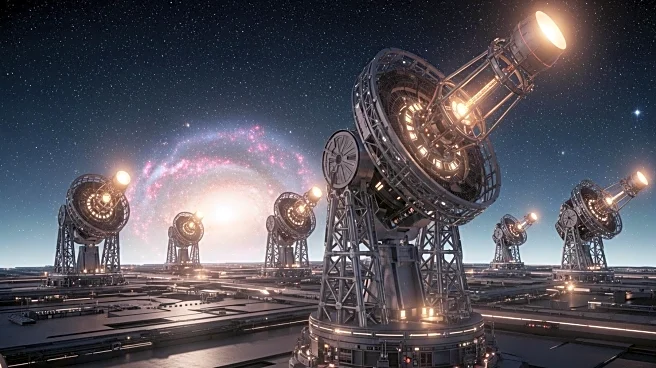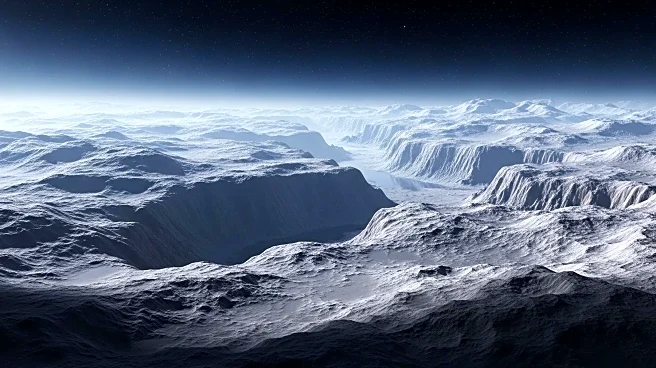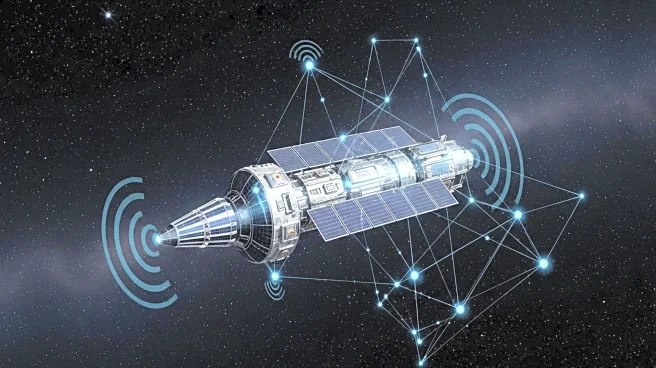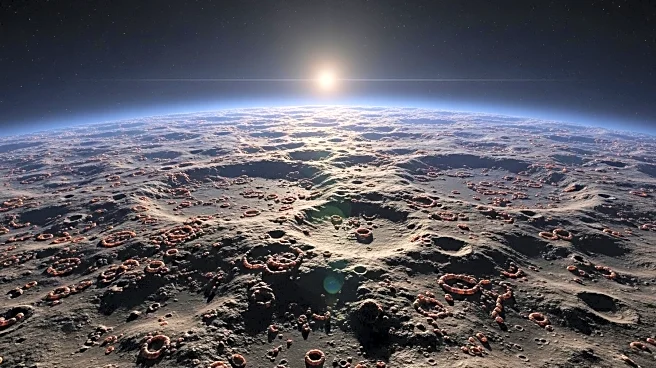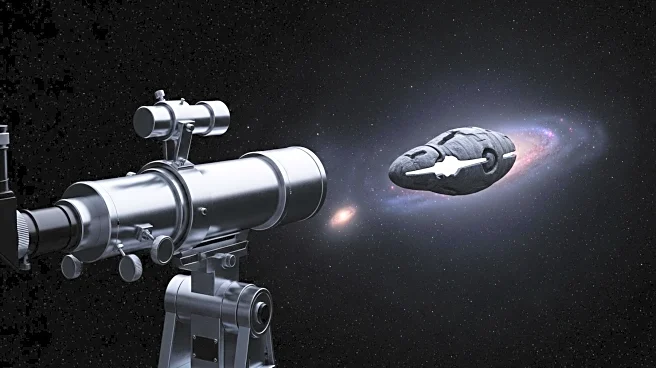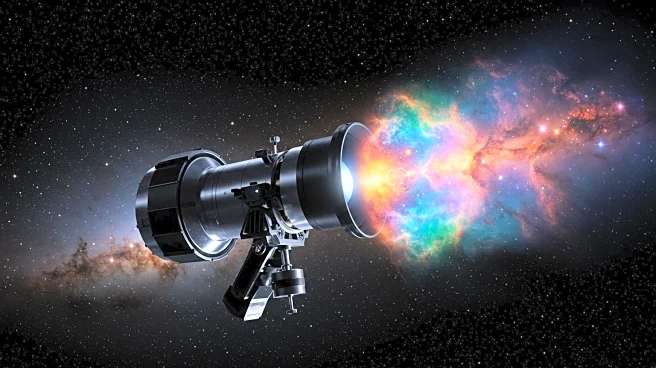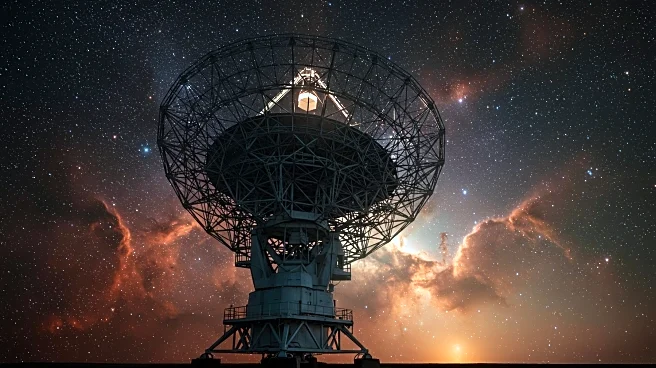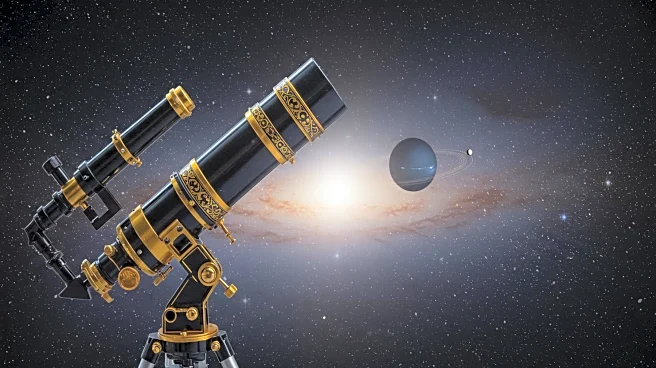Rapid Read • 7 min read
Researchers have created a new model to better understand 'steam worlds,' which are exoplanets smaller than Neptune but larger than Earth, characterized by atmospheres filled with water vapor. These planets, often too hot for liquid water, have atmospheres where water exists in exotic states. The model aims to determine the composition and origins of these planets, which could help in the search for habitable planets beyond the solar system. The interest in steam worlds increased after the James Webb Space Telescope discovered the exoplanet GJ 9827 d, which has an atmosphere almost entirely made of water vapor. This discovery has prompted the development of models to connect these atmospheres to their interiors.
AD
Understanding steam worlds is crucial for directing the search for life beyond Earth. These planets, while unlikely to harbor life themselves, can provide insights into ocean planets that might be habitable. The new model allows scientists to study water in states difficult to replicate on Earth, potentially leading to unforeseen applications. As the most commonly observed planets in the universe, understanding steam worlds could shift focus to less common exoplanets that might support life. The research could also inform future missions, such as the European Space Agency's PLATO mission, which aims to find Earth-sized planets in habitable zones.
The new model will be tested observationally with the launch of the PLATO telescope in 2026. This mission will help verify the accuracy of the model and refine it further. The findings could shape the next steps in the search for life beyond Earth, providing a better understanding of planetary evolution and the potential for habitable conditions on other planets.
AD
More Stories You Might Enjoy
